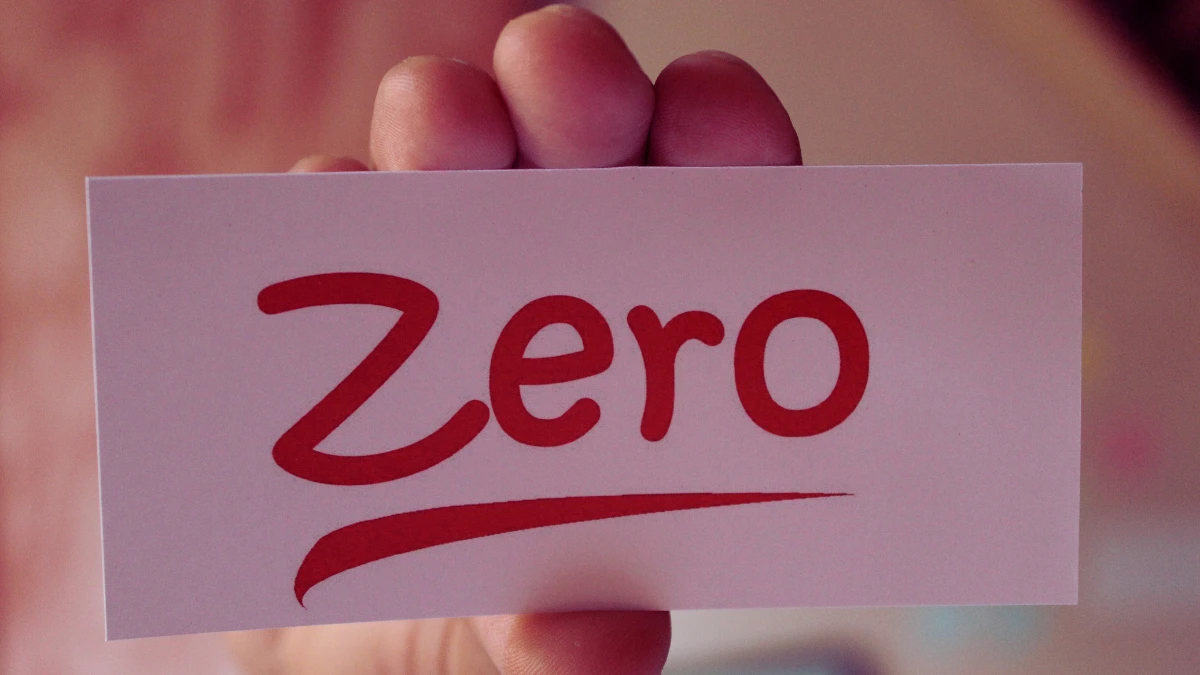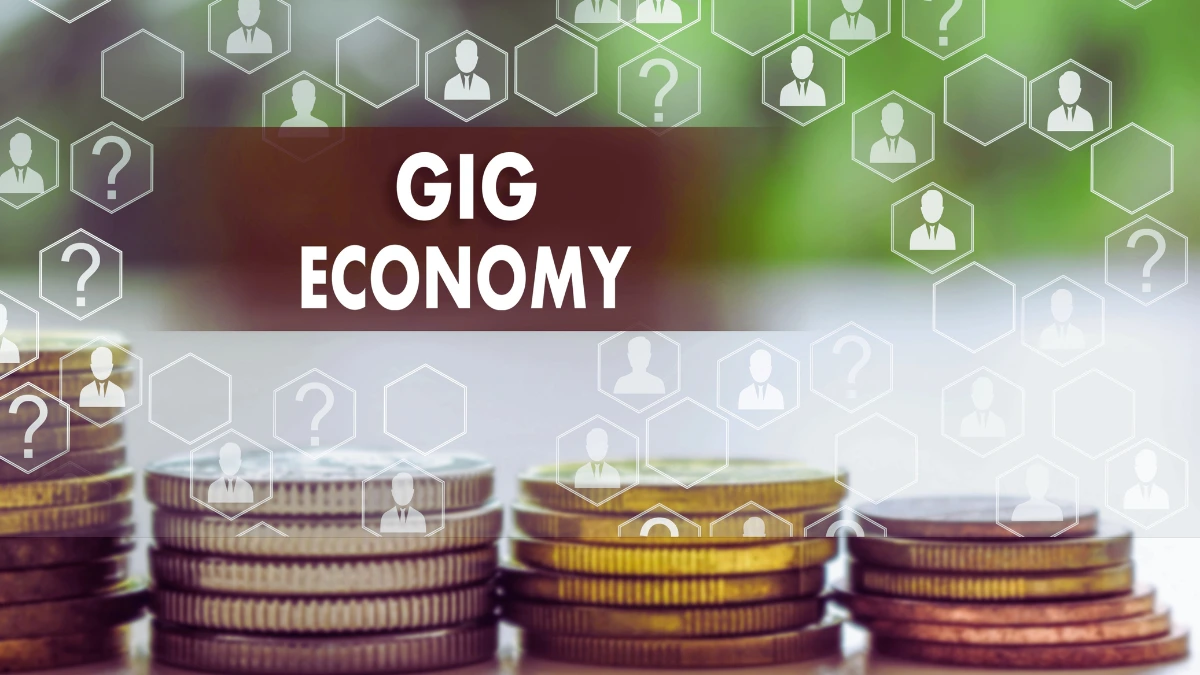You open your Uber app at 6 AM. Your rating dropped from 4.94 to 4.92 overnight. You don’t know why. Now you’re getting fewer ride requests. Your rent is due in five days.
Sound familiar?
A study from Zety surveyed 903 gig workers in June 2025. The results? 88% have taken on more work just to pay their bills. Nearly half (47%) say their biggest worry is having no health insurance or retirement plan. And 91% report being deactivated, penalized, or shadowbanned without any clear reason why.
You’re not failing. The system is broken.
Let me show you what successful gig workers are doing instead. These people were in your exact position six months ago. Now they’re building something that can’t be taken away by an algorithm.
1. Your Income Can Disappear in One Second (And Often Does)

91% of gig workers have faced deactivation or penalties without explanation.
Think about that. Nine out of ten people lose access to their income source, and nobody tells them why.
Your Uber rating drops? Banned. A customer lies about you on DoorDash? Gone. The algorithm decides you’re not “active” enough? See you later.
You have no appeal process. No HR department. No recourse.
Meanwhile, you’ve spent thousands on gas, car maintenance, and insurance to work for these platforms. All that investment can vanish before breakfast.
Smart people are building something different. They’re creating businesses where THEY own the customer list. When you have 1,000 email subscribers or 500 community members, nobody can delete your access. You control the relationship.
2. You’re Making Less Than Minimum Wage (Here’s the Math)

Let’s talk about real money.
The University of California, Berkeley, analyzed data from over 1,100 drivers in 2025. They found that California rideshare drivers earn a median wage of just $7.63 per hour with tips. Without tips? Only $5.97 per hour. Delivery drivers make $11.43 with tips and $4.98 without tips.
California’s minimum wage is $16 per hour. You’re making less than a third of that.
But wait. It gets worse.
That calculation includes your gas. Your car insurance. Your phone bill. Vehicle wear and tear. The 30 minutes you spent waiting for the next ride.
One gig worker showed me his spreadsheet. After tracking everything for a month, he earned $4.12 per hour. He would make more working at McDonald’s.
Compare that to Tom Gellie. He created a membership site teaching skiing techniques. He charges $349.99 per year. With just 300 members, he earns over $30,000 every single month. No car. No gas. No wear and tear.
3. Platform Companies Make Billions While You Struggle

Uber made $43.9 billion in revenue in 2024. Their market value? $169.41 billion as of April 2025.
DoorDash pulled in $10.72 billion in revenue last year. They’re worth $81.03 billion.
These companies are having their best years ever. Their CEOs get millions in bonuses.
And you? You took on MORE jobs just to pay rent. That’s the system working exactly as designed.
Here’s what nobody tells you: 55% of gig workers now rely on these platforms for MORE than half their total income. This isn’t a side hustle anymore. It’s your main job. But you get treated like you’re disposable.
When you build your own online business, YOU set the prices. YOU keep the profits. YOU decide what you’re worth.
4. Zero Benefits, Zero Security, Zero Protection

47% of gig workers say their biggest fear is having no health insurance or retirement savings.
You get hurt on the job? That’s your problem. Need to take a sick day? No income. Want to retire someday? Better figure that out yourself.
Only 40% of American gig workers have access to medical insurance. Most get it from a spouse’s job or pay out of pocket.
No vacation days. No sick leave. No workers’ compensation. No unemployment benefits if you get deactivated.
Traditional employers contribute to Social Security and Medicare. Gig platforms don’t. You pay both sides of that tax yourself—that’s an extra 7.65% coming out of your pocket.
Meanwhile, people building online courses or membership communities structure their businesses to deduct expenses and save for retirement. They set up SEP IRAs. They choose their own health insurance plans and write off the premiums.
5. The Burnout Rate Will Break You

33% of gig workers report serious physical or mental burnout.
You’re on call 24/7. You drive during rush hour. You skip meals. You pee in bottles. You deal with rude customers who can destroy your rating with one star.
The platforms want you available constantly. But they don’t guarantee any minimum income for that availability.
One driver told me he worked 72 hours last week across three different apps. He made $680. That’s $9.44 per hour before expenses.
He can’t keep this pace. His back hurts. He hasn’t seen his kids awake in three days. He’s exhausted.
Now look at someone building a Micro-SaaS business (a small software tool). They built it once. It runs on autopilot. Customers sign up while they sleep. The creator’s example showed $1,000 per month from an invoicing tool they built ten years ago as a portfolio piece.
6. Smart People Build Personal Brands Instead

Here’s the shift: Stop working FOR platforms. Start building YOUR platform.
A personal brand means people follow YOU, not Uber or DoorDash. When you have 5,000 YouTube subscribers or 3,000 Instagram followers, that’s YOUR audience. You can sell to them directly.
45.2% of established membership businesses earn six figures per year. Nearly 7% make seven figures. These aren’t influencers with millions of followers. They’re regular people who taught themselves a skill and shared it online.
You don’t need fancy equipment. Your smartphone is enough. You don’t need millions of followers. You need 1,000 true fans willing to pay you $10 per month. That’s $10,000 monthly.
Start simple:
- Pick ONE thing you know well
- Post helpful content three times per week
- Build an email list from day one
- Create a simple digital product
7. Online Courses Create Money While You Sleep

The online learning market will hit $764 billion by 2030. Some estimates say $842.6 billion.
People are desperate to learn new skills. They’ll pay for knowledge.
Do you drive for Uber? Teach people how to maximize their earnings. Do you DoorDash? Create a course on time management for delivery drivers. Do you know Excel? Teach basic spreadsheets.
Online courses range from $10 to $500+. Most successful courses sell for $97 to $297.
You create the course once. Record videos on your phone. Write some worksheets. Upload to Teachable or Kajabi. Then it sells forever.
One course creator made a simple guide to meal planning. She sells it for $47. Last month she had 83 sales. That’s $3,901 for work she did one time.
8. Micro-SaaS Businesses Run Themselves

Software as a Service sounds complicated. It’s not.
A Micro-SaaS is a tiny tool that solves one specific problem. You charge $10 to $50 per month. People subscribe and forget about it.
These businesses can generate thousands in monthly recurring revenue with minimal work. One guy built a rank tracking tool for websites. Charges $29/month. Has 200 customers. That’s $5,800 per month.
Another person created a tool for scheduling Instagram posts. $19/month. 400 customers. Do the math—$7,600 monthly.
The best part? You can build these with no-code tools now. Bubble, Webflow, and other platforms let you create software without being a programmer.
Look for gaps. What frustrates people? What takes too long? Build a solution. Charge monthly.
9. Membership Communities Generate Predictable Income

People will pay to be part of something.
63% of people join memberships to connect with others like them. They’re not just buying information. They’re buying a community.
You can start a membership about anything:
- Fitness for busy parents
- Side hustle strategies for teachers
- Cooking for college students
- Photography tips for beginners
Charge $20 to $50 per month. Get 100 members, and that’s $2,000 to $5,000 monthly. Every single month.
Members get access to your videos, live Q&A sessions, a private forum, and other exclusive content. You create content once, and your community grows around it.
63.5% of membership businesses reported income growth last year. This model works.
10. Content Creation Scales Without Platform Limits

The creator economy is worth $250 billion in 2025. By 2030, it’ll hit $528 billion.
207 million people worldwide create content. 162 million are in the United States alone.
You might think you’re late. You’re not. Only 4% of creators earn over $100,000 per year. There’s massive room to grow.
Smart creators don’t rely on one income source:
- Ad revenue from YouTube
- Sponsorships from brands
- Affiliate commissions
- Digital products
- Online courses
- Membership communities
92% of marketers say sponsored content performs better than their own posts. Brands WANT to work with creators.
You don’t need a million followers. Nano-influencers (1,000 to 10,000 followers) often make $200 to $500 per sponsored post. Do four posts per month, and that’s $800 to $2,000.
11. You Can Start Today Without Quitting Your Gig Work

The biggest mistake? Trying to quit everything at once.
Don’t quit driving for Uber tomorrow. Use the flexibility to BUILD something on the side.
Here’s your plan:
Week 1-2: Pick your model. Online course? Membership? Content creation?
Week 3-4: Research your niche. What do people struggle with? What questions do they ask?
Week 5-6: Create your first piece of content. One video. One blog post. One simple guide.
Week 7-8: Share it everywhere. Get feedback. Refine it.
Month 3: Launch a small offer. Charge $20. See if people buy.
Keep driving or delivering during this time. Use that income to survive while you build.
4.7 million independent workers earned over $100,000 in 2024. That’s up from 3 million in 2020. More people are making the switch every day.
51% of people who went from traditional jobs to freelancing report better work-life balance. They’re not grinding 72-hour weeks anymore.
Your Next Move

You’re working harder than ever and barely surviving. That’s not your fault.
The gig economy was designed this way. The platforms win. You lose.
But you can change that starting today.
Pick ONE model from this article:
- Online course
- Micro-SaaS
- Membership community
- Content creation
Spend two hours this week researching your niche. Look at what others are doing. Find the gaps.
Don’t overthink it. Start messy. Your first attempt won’t be perfect. That’s fine.
Every successful online business owner started exactly where you are now. Broke. Tired. Working for platforms that don’t care.
The difference? They took action.
You already work 60 hours a week for someone else’s empire. What if you spent just 5 of those hours building your own?
In six months, you could have a small but real income stream that nobody can take away. In twelve months, it might replace your gig income entirely.
The platforms will keep squeezing. The algorithms will keep changing. Your ratings will keep dropping for no reason.
Or you can build something different.
Your choice.
